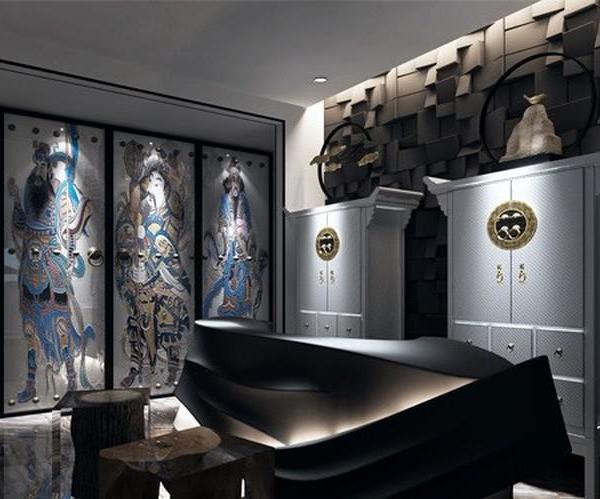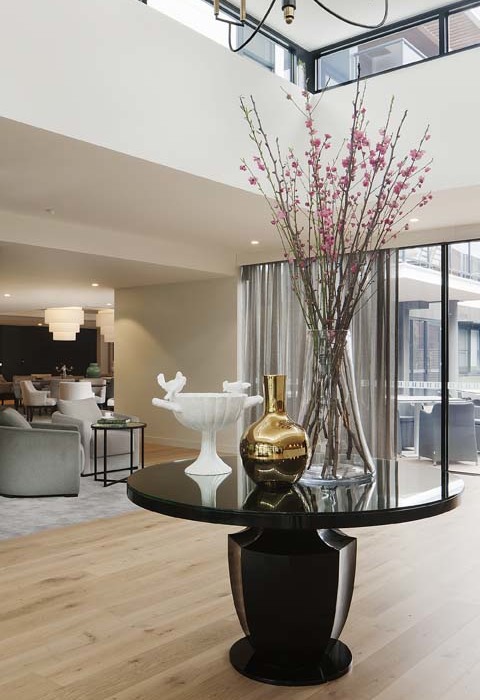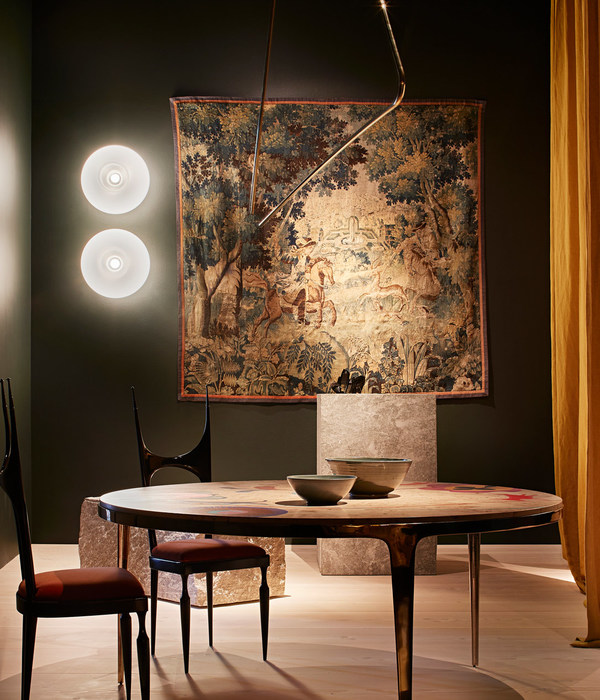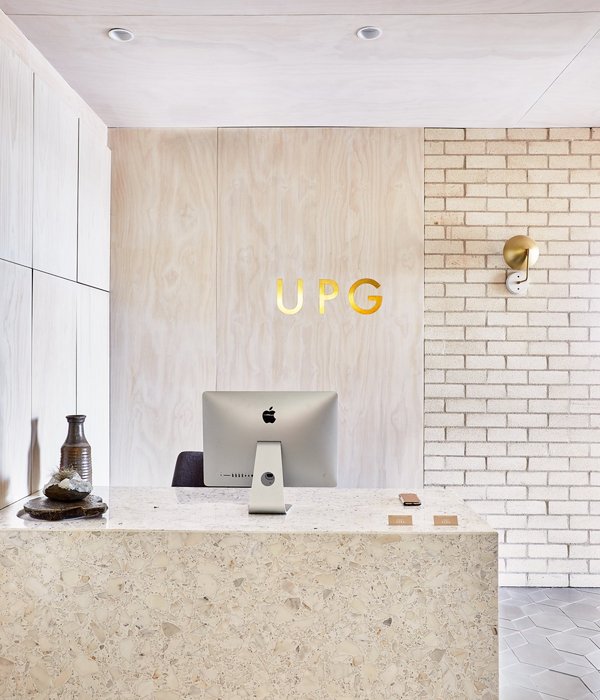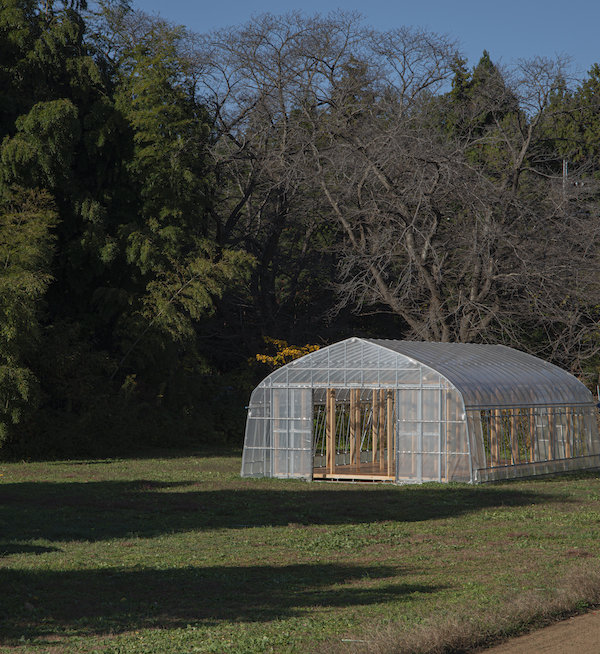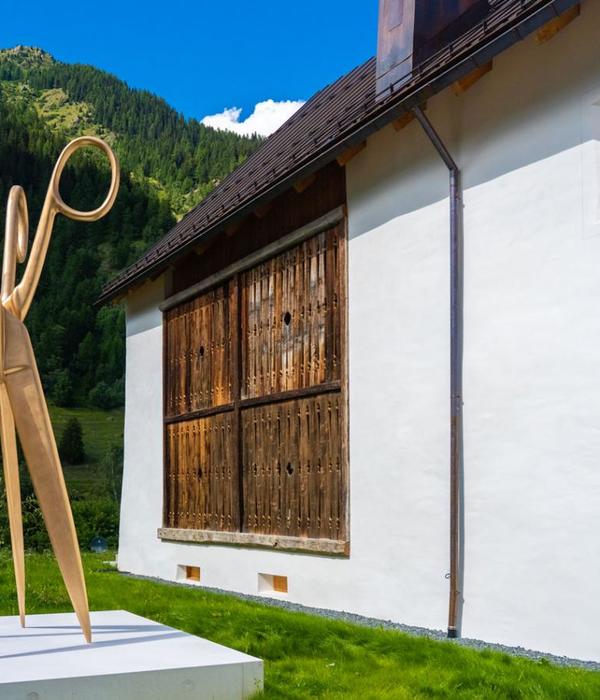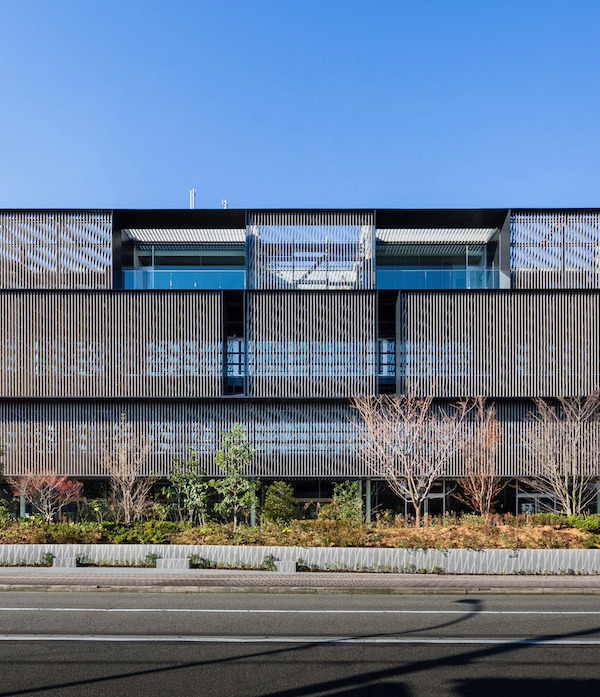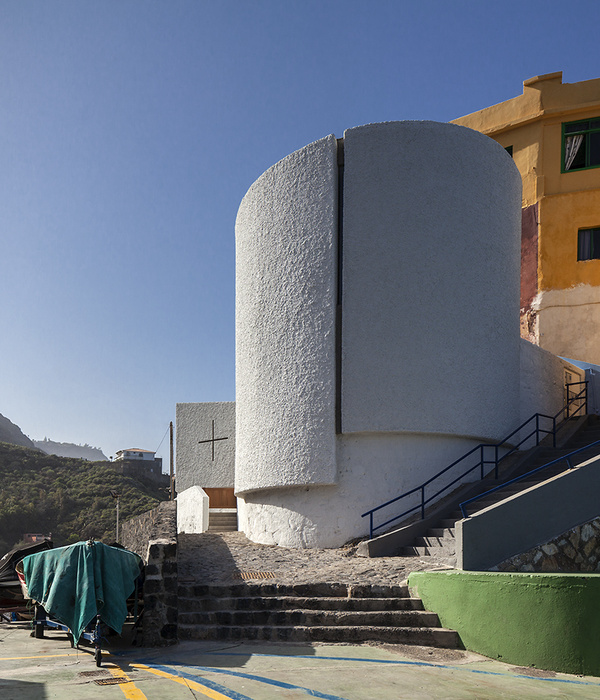Architects:studiothewon
Area:1095m²
Year:2022
Photographs:Park Wansoon
Lead Architects:Won Gyeyeon, Lee Jeseon
Mechanical and Electrical Engineers:Seonin engSeonin eng
Structure Engineers:ARCEN
Construction:TCM Global, Kim Pyeonggi
Design Team:Lee Hyesoo, Felix Niemeier
Structure Engineer:Uwon
City:Chuncheon-si
Country:South Korea
Text description provided by the architects. Spatial Solutions in Response to the Bonguisan Mountain Hill Village - The Bonguisan Mountain Hill Village is a small-scale urban fabric that has adapted to the local topography, creating a complex and disorganized landscape with a variety of buildings ranging from reinforced concrete and steel frames, which are prevalent in contemporary architecture, to wooden and masonry structures of the modern era. We wanted the Gyodong Community Center to embody the tangible and intangible values of the village while remaining in harmony with its surroundings. The design avoided the construction of large and enclosed governmental buildings and instead planned along the lines of the smallest units possible to enhance accessibility and use. The building is divided into two buildings and spaces of five programs; different shapes and exterior building materials were applied to the two divided buildings to eliminate the idea of an independent site or building complex and to appear as if they had long existed here.
Building facilities such as electrical networks, water supplies, and telecommunications were also separated for easy maintenance. The main design intention of the Gyodong Community Center was to plan an alleyway within the site to function as a part of the village that is always open to residents, even if individual programs are changed or not in operation. However, as there are always many variables in public architecture, it remains to be seen whether the community center will operate properly or whether it will become an ownerless house with no one taking responsibility. The alleyways that cross the site serve as lobbies and hallways, and the building has several entrances. Having outdoor lobbies and hallways but no main entrance, the building may give the impression of being left unfinished, lacking any clear spatial hierarchy or order. However, this was considered more appropriate to capture the heterogeneous identity of this village, which sets it apart from more conventional urban architectural solutions.
Light Wooden Structures and Light Steel Frames - To accurately express the identity of the village, a light wooden structure was considered more appropriate than a heavy wooden structure because of its relatively light appearance, constructed from small unit structural materials such as rafters and studs. The intention was to create a non-intimidating space with easy access. To enhance the presence of each structural member, we created the sensation of suspended rafters in areas with exposed ceiling structures, such as outdoor decks and eaves. To overcome the space limitations imposed by the maximum length of 6m for light wooden structural members, it was essential to use standard materials and join them effectively. Light steel frames are readily available and commonly used in Korea.
We aimed to assess whether the combination of light wooden structures and light steel frames would create synergy and explore potential ways to expand upon it. From the design phase, we tried to avoid the pre-processing of wood and aimed to simplify construction for the carpenters. The collaboration with structural engineers, whom we were acquainted with from previous works, played a significant role in realizing our intended structure. As a result, we were able to expand the limitations of light wooden structures with the use of light steel frames and confirm the possibilities of more diverse variations using these two structures while sufficiently showing their presence.
In each space, we offered structural variations on the premise of using light wooden structures and a light steel frame. First, we used light gauge steel trusses for the book café. This was to eliminate internal pillars so as to effectively respond to the free and variable configuration of bookshelves and desks. To prevent thermal bridges, a light wooden structure integrated with a light gauge steel truss cantilever sticking out from the interior serves as the main structure of the external eave spaces. Various joint details were applied to eliminate pillars at the eave corners. Through this, we were able to confirm that a cantilevered structure exceeding 3m in length, considering the long-term deflections, could be realized with the use of light wooden structures. Secondly, we applied a V-column in the external eaves area of the Cheongchun Salon.
Since this is the main space used by the elderly community, the space under the exterior eaves was as important as the interior spaces. In order to secure sufficient activity space, considering the amount of sunlight and an open view of the neighborhood, the roof's load was designed to be supported by V columns instead of vertical columns and structural walls, thereby securing sufficient space under the eaves without the need for additional columns. Lastly, the tree columns at the outdoor decks symbolize the huge tree at the entrance to the village. Creating a spacious semi-outdoor space with no specific purpose was intended to foster various uses and communities. The tree columns, supported by steel structures, allow the slender rafters of the roof to be fully exposed, reducing the visual weight of the light wooden structure.
Project gallery
Project location
Address:Okcheon-gil 40beon-gil, Chuncheon-si, Gangwon-do, South Korea
{{item.text_origin}}



